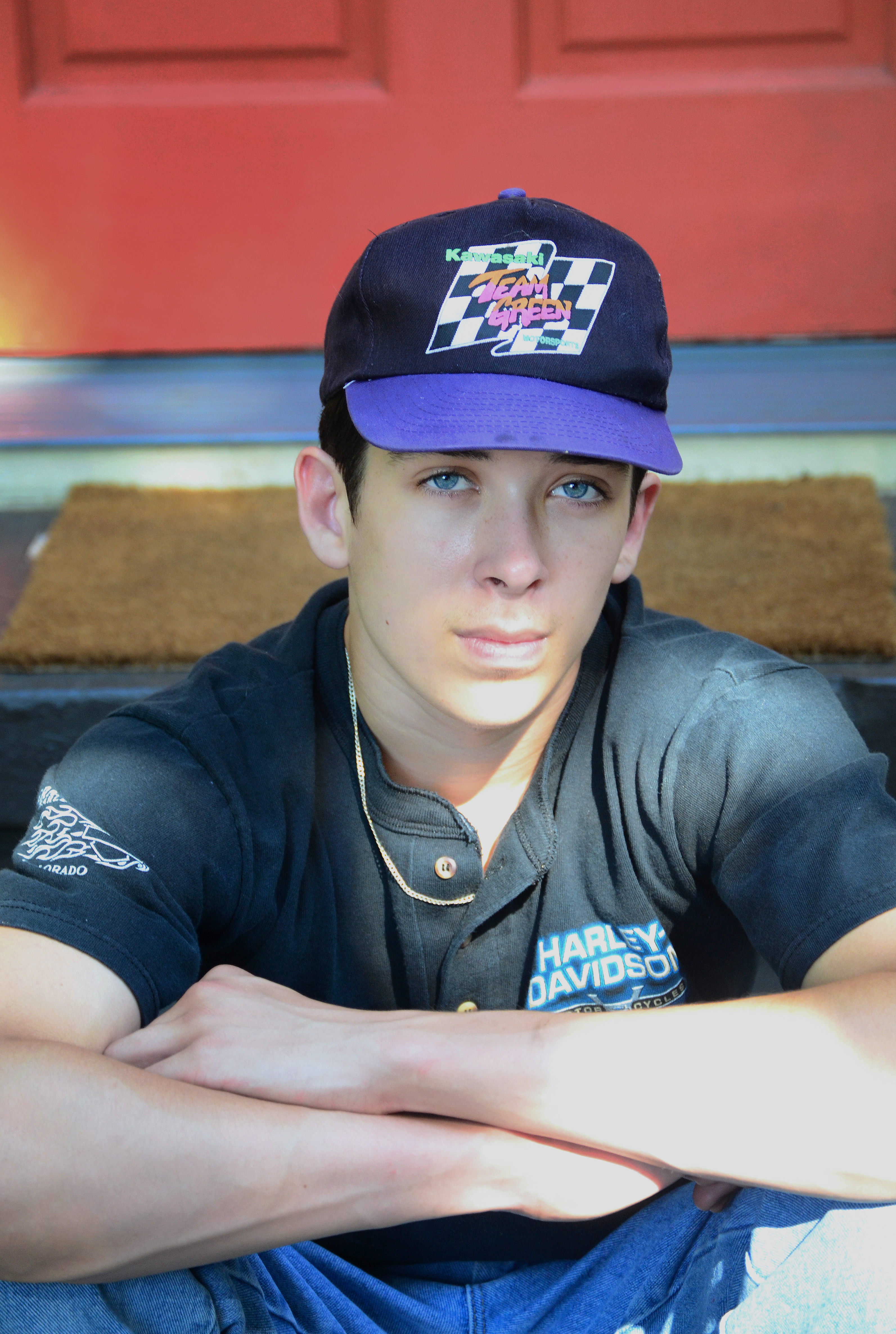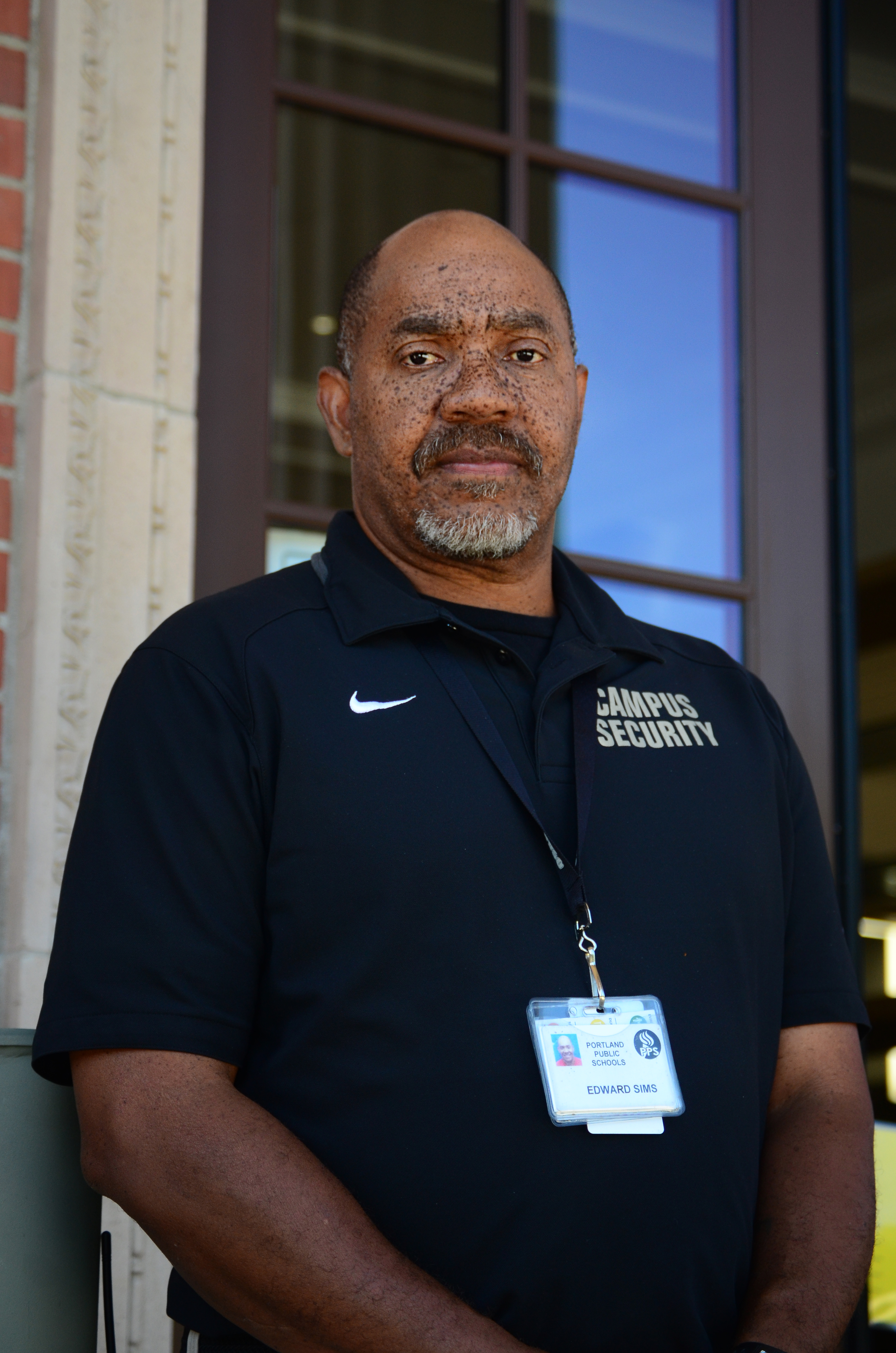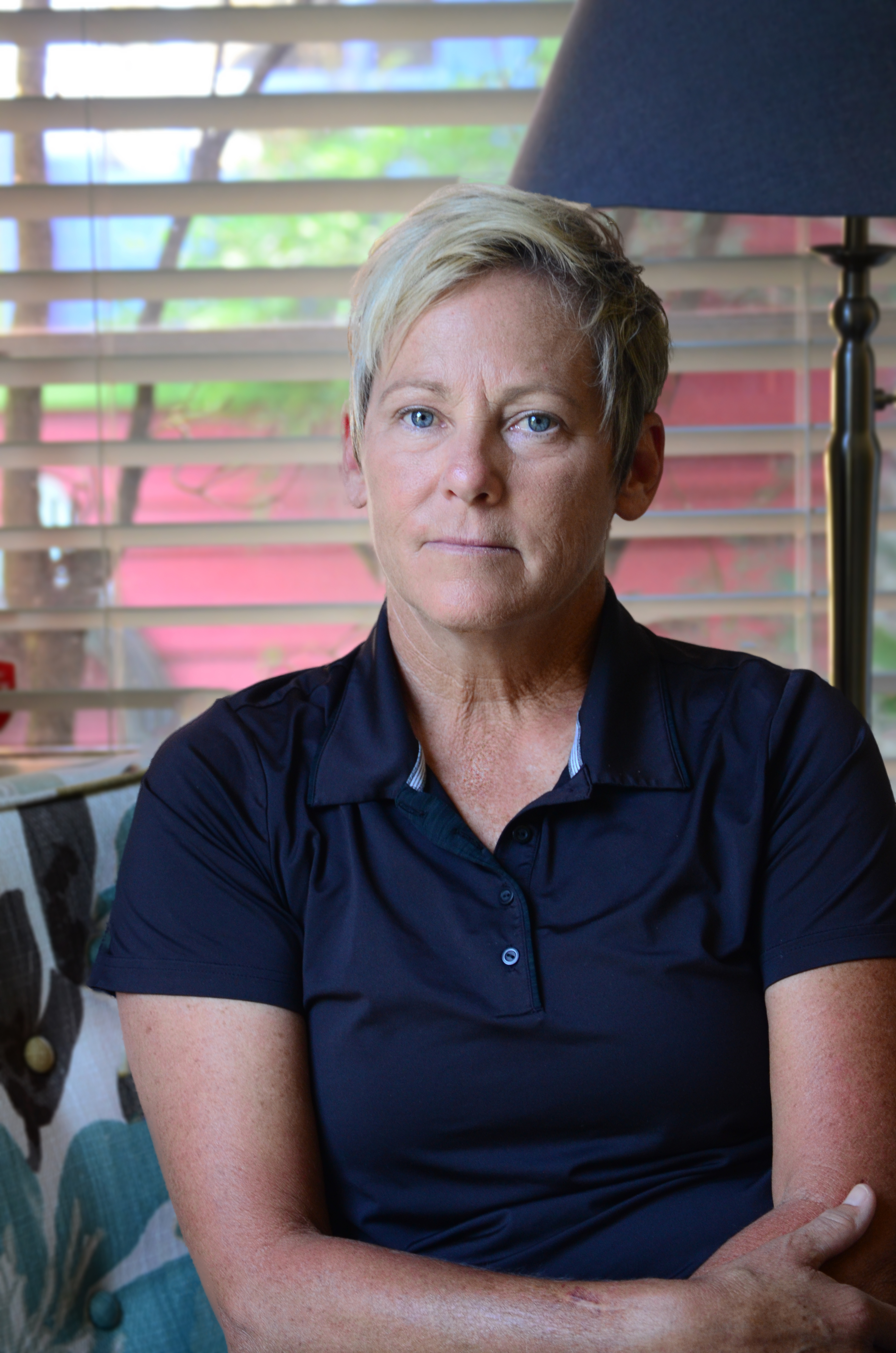*Content warning: This story contains graphic depictions and descriptions of violence.
“More gunshots, I hear. And they get closer, and closer. Until that loud sound I heard was coming from the door of my classroom. The glass of our door breaks. It shatters. Along with my innocence and safety.” This is an excerpt of an article written by Eden Hebron, a survivor of the 2017 Marjory Stoneman Douglas High School shooting. Now dubbed the Parkland shooting, the incident was one of the deadliest school shootings in the history of the U.S., with 17 students and staff members killed and another 17 injured.
The Parkland shooting is one of many school shootings that has swept across the U.S. in recent years. According to CNN, there have been 22 school shootings in the U.S. in 2019. This number covers events from accidents to active shooter situations but does not include incidents in which a gun was fired and no one was hurt. These shootings have resulted in eight deaths and 28 injuries.
“I’ve said this to students in my classroom before, but I just feel sad that this is our, kind of, everyday situation now. It’s not just schools but churches, movie theaters and workplaces,” says Amy Polzin, a science teacher at Grant High School.
As the number of shootings increases each year, guns have become a regular topic of conversation among politicians, and school shootings have been at the forefront of this dialogue. Gun reform was a central discussion point of this summer’s Democratic debates, with each of the 20 candidates calling for stricter laws surrounding firearms in one form or another. The increase in shootings has also sparked significant pushback against the current laws around gun access and ownership. For example, after the Parkland shooting, survivors took to social media, spreading their stories and calling for extensive gun reform throughout the country. Activism by students such as Emma Gonzalez and David Hogg, survivors of the Parkland shooting, has sparked public outcry surrounding the state of gun safety in the U.S.. Sixty-seven gun-related laws were passed in 26 different states and Washington D.C. during 2018, compared to 30 in 2017, which can be primarily attributed to the students’ efforts. The new laws ranged from those regarding when background checks are required to banning bump stocks and expanding the types of people who are prohibited from purchasing firearms, including domestic abusers.
Despite this activism, the amount of gun violence in schools in the U.S. is on the rise. According to data from the U.S. Naval Postgraduate School, 2018 saw the highest number of gun incidents on campuses since 2006, with 94 in total.
However, unlike many issues frequently covered in the news, the possibility of a school shooting is one that directly affects the lives of students everywhere, including those at Grant.
 “(The) majority of the time I feel safe in school,” says Grant sophomore Quinci King. “But there’s always that underlying thought of thinking someone, whether it’s in the school or totally out of the school, could, in all honesty, come in with a gun or a weapon.”
“(The) majority of the time I feel safe in school,” says Grant sophomore Quinci King. “But there’s always that underlying thought of thinking someone, whether it’s in the school or totally out of the school, could, in all honesty, come in with a gun or a weapon.”
Oregon is no stranger to school shootings.
In 1998, the state endured its first recorded school shooting just one year before the infamous Columbine shooting in Colorado. At Thurston High School in Springfield, Ore., a 15-year-old former student, armed with over 1,000 rounds of ammunition and three guns, killed four people and injured another 25.
This shooting was the first of many to occur in Oregon in the years following, including those at Roseburg High School in 2006, Rosemary Anderson High School and Reynolds High School, both in 2014.
“The Reynolds school shooting, it happened on June 10th (2014) and I’ll kind of always have that date in my head,” says Polzin. Polzin was teaching at Reynolds when the shooting occurred. “I think being a teacher, it really is one of the worst-case things that you think about happening”
According to The Oregonian, the shooter had carried an AR-15 rifle to school in a guitar case. He killed one student, and one teacher was injured before the shooter took his own life. A plan to kill his classmates had been recorded in the shooter’s journal, which was later found by detectives.
Polzin describes the fear that pulsed through her as the school waited in lockdown for over three hours. “One of our vice principals’ voice came over the PA system, and you could just tell from his voice, this was a real thing.”
Two years following the Reynolds shooting, Oregon saw its deadliest school shooting ever at Umpqua Community College. The shooter, a student at the time, killed nine people and wounded eight others, then turned the gun on himself.
Despite showing clear signs of religious biases as well as violent tendencies, the shooter acquired the weapons, six firearms in total, legally. In an interview with CNN, the shooter’s mother said that he “got entertainment from watching videos of killings,” and had always admired Hitler’s ideologies. Survivors of the attack reported to the police that he mainly targeted those of Christian faith.
According to NBC, more than 80 percent of the guns used in mass shootings are acquired legally by the perpetrator. The ease at which civilians can access and purchase guns, along with loopholes in federal gun laws, result in the contingency of more gun violence.
In general, the amount of guns in a country associates with more shootings and a higher rate of gun violence. The U.S. has the highest gun ownership in the world and the highest number of mass shootings. According to a Small Arms survey in 2018, there are 120 guns for every 100 Americans, which is a significant outlier from the next highest, Yemen, at 52.8. Yemen has been suffering from a deadly civil war since 2014 that has resulted in the deaths of over 70,000 Yemeni people.
In the U.S., the highest rate of gun ownership is also paired with some of the world’s most lenient gun laws. The country doesn’t have specific policies for gun storage, making it easy for friends, children and others in relation to gun owners to access weapons that are not their own. Often, shooters take the guns of their family, friends or neighbors. This means that people who would not typically have access to firearms, such as minors and domestic abusers, can obtain guns without having to buy them.
In the U.S., legal gun sales require background checks, but a loophole exempts unlicensed sellers from performing background checks on patrons. Because of this, illegal buyers and gun traffickers have easier access to guns. This loophole is dangerous, resulting in higher rates of gun violence from weapons obtained without background checks. According to a 2017 study of 1,613 gun owners in the U.S. by the Annals of Internal Medicine, “22% of current U.S. gun owners who acquired a firearm within the past 2 years did so without a background check.”
However, specific policies regarding gun control vary from state to state.
Oregon has been working toward increasing gun control and has enacted multiple laws regarding guns in the past few years, including a universal background check in 2015. This legislation requires that every legal purchase of a firearm in Oregon, private or federally licensed, now includes a background check. Completing a background check includes filling out a document with basic information, including name, sex, date of birth and ethnicity. It also includes questions about criminal background, immigration status and mental health. The form is submitted to the National Instant Criminal Background Check System, which determines if those looking to purchase are eligible for gun sales.
“I know we just passed recently, they called it the Boyfriend (Loophole) Bill or something like that for domestic abuse,” says Polzin. “People who have restraining orders aren’t allowed to carry guns, and I think that’s a good first step.” Despite these steps towards stricter gun control, Oregon has relatively loose laws regarding gun access, ownership and storage.
According to Giffords Law Center to Prevent Gun Violence, Oregon’s gun laws are rated “C” in control grade. In comparison, California and New Jersey received grades of “A,” while the majority of midwestern and southern states have ratings of “F.” This rating means that Oregon is somewhere in the middle ground in terms of strictness of gun control. The states with the most lenient gun laws tend to see higher levels of gun deaths and gun violence. And for the average citizen, buying a gun in Oregon is still a fairly short and straightforward process.
Unless legally prohibited from doing so, a person in Oregon can purchase a handgun at the age of 21 after showing official identification and passing a background check. Long guns, such as shotguns or rifles, require the same process, but prospective owners only need to be 18. Oregon also does not prohibit the possession of assault weapons, which are commonly used in mass shootings.
Oregon does not license or significantly regulate firearm dealers or ammunition. The state also does not require guns to be locked in storage, nor does it require locking devices to accompany the firearm in sales.
The state of California requires firearms sold by licensed dealers to include a “firearms safety device,” designed to prevent children and unauthorized users from firing the weapon. New Jersey also has a similar law that requires all firearms sold from a retailer to be sold with a device that prevents everyone except the buyer from using it.
School shootings and other forms of gun violence are not an isolated issue in the U.S. However, other countries that have been victims of mass shootings have taken action faster and more efficiently.
In the wake of mass shootings, several other countries have tightened their policies around gun control. Less than a month after a mass shooting in New Zealand killed 50 people on March 15, 2019, the New Zealand Parliament voted to ban most semi-automatic and military-style weapons.
But as one of the only countries in the world where the right to bear arms is specifically written into the constitution, gun reform in the U.S. is a disputed subject.
While school shootings and other mass shootings are a primary focus in the media and are on the minds of many Americans, they are not the only form of gun violence experienced in the U.S.
Gabrielle Cosey, a recent graduate of Lincoln High School and founder of the Oregon Youth for Gun Reform organization, explains in an email the importance of intersectionality in gun reform activism.
“Although it was the momentum following Parkland that led to me to want to take action, the gun violence I had grown up around understanding as a Black American such as police brutality, gang violence, smaller-scale shootings, drug-related shootings, was never discussed in the gun violence prevention conversations.”
When asked if she feels safe at school, Cosey says that, for the most part, she does. “When I hear this question, my mind goes to the kids who live in communities with incredibly high rates of gun violence,” Cosey says. “I have no intention to normalize those quick moments of fear at school, because they are not normal. But, I do want to amplify what other people live through and think about it in relation to what I, as someone who lived in a ‘safe neighborhood’ during high school lived.”
In a country where an estimated 114, 994 people are shot every year, and 100 Americans die each day, gun violence is much more widespread than just school shootings.
“Gun violence is so complex, in that it relates to education, policing, the criminal justice system,” says Cosey. “So it requires a solution that is equally as complex.”
Stella Fox-Smith
She/Her
Freshman
“There’s, you know, all the lockdown drills we do, measures being taken around the school to make sure we’re safe. But every time I hear about a new school shooting that happens, you definitely question your safety in places that are supposed to be safe … I think there’s a lot more that could be done to prevent these things, you know, starting with having stricter, more in-depth background checks, and you know, just making it harder for people to access such dangerous weapons … I think that we need mental health reform, but I think it’s a separate issue. It should be its own sentence. We need mental health reform, but when it comes to mass shootings, we need gun reform. Because without guns, then they, the mentally ill people, they’re just mentally ill people. They have no way to hurt themselves or others … I think that we do need mental health reform, I just think that it’s steering away from the main point when you bring it up in the issue of gun control. (Student activism) kind of gives the next generation a voice and the people who are actually affected by the issues, by the school shootings. Giving the students a voice, I think, is really empowering and just a good thing that’s come out of it.”

Finn Peters-Martin
He/Him
Junior
“You know, if it were to happen in a class, I’ll be like, what would I do? I plan it out through my head occasionally … It’s a really hard thing to fix because … you can’t tell which kid’s going to do it. You can’t ban the kid if he hasn’t done it yet, or if you’re suspicious of (them) it’s just really hard. The only thing you can do is have, I guess, maybe a cop in every room … People are kind of changing their mindsets on the 2nd Amendment and things. And I feel like Americans have too much access to guns, but … the whole ‘people should just take away the guns,’ that’s not going to work. You can’t go door-to-door and take away guns. I don’t think people should be able to buy AR-15s like you can buy a can of soda. But I believe you should have the right to protect yourself and your family, that’s your choice. But I think there should be a limit on the level of firearms you should purchase … I kind of agree with the whole, ‘Guns don’t kill people, people kill people.’ I think guns are just used for that, because guns (are) the reason our country is safe today … they’re just used wrongly quite often. I just, yeah I think maybe a change of laws on what kind of guns you can buy. Because there isn’t really a limit (right now).”

Edward Sims
He/Him
Security Guard
“This will be my fifth year total as campus security … Every time there’s been a shooting … they’ve posted on social media. And somebody knows these kids that post it. It’s not like these kids are just strangers coming from the outside world. They are within the community that it normally happens … It’s going to be great to be back in the new building but, you know, that poses problems as well because we gotta realize that just because we’re back in our neighborhood, we should not be very lax, as we were before. And I think that we just need to be more vigilant and keep our eyes, keep our head on a swivel. I mean that’s, that’s part of my job, is to know who’s coming in and out of that building. And I want to know who’s coming in and out of that building, you know? Because it’s not only for me, but it’s for the students really, and the staff there. I mean, everybody in that building … I feel it’s our responsibility for them … It’s tough to talk about it, it’s tough to see, when you see it happen. It’s a loss of life, of life that should not be lost. It’s, it’s a kid. It’s an adult who is protecting kids. I mean, it is probably one of the most sickest things to see as a child’s parent (has) to bury a child. That should never happen..It makes you realize that nothing is guaranteed.

Kendra Gardner
She/Her
CrossFit Teacher
“You asked me first if I feel safe at school, but … my child goes to school where I work … my son goes to school down the street from where I live … I’m a mom, and a teacher and I live in the community so safety kind of hits me on a lot of different levels … Obviously because of what continues to happen in all these public places, we need to do a better job, but it’s time for action … Every time something like this happens of course your heart stops, and you know you just feel all the pain, and frustration and anger, you know, this wave of emotion that goes through you. And we can drill and drill and drill, but I think that until we get serious about gun control, we obviously don’t have the answers to keep everyone completely safe, so it’s frustrating … We need to ban certain weapons. There’s no need for them in our society, that’s not what they’re designed for. They’re only designed to kill, and we need to take lessons from other countries … I mean, we have the capability and capacity to do it and our elected officials need to freakin’ step up . It’s extremely extremely nerve racking, disappointing, saddening that we continue to have these same discussions.”




